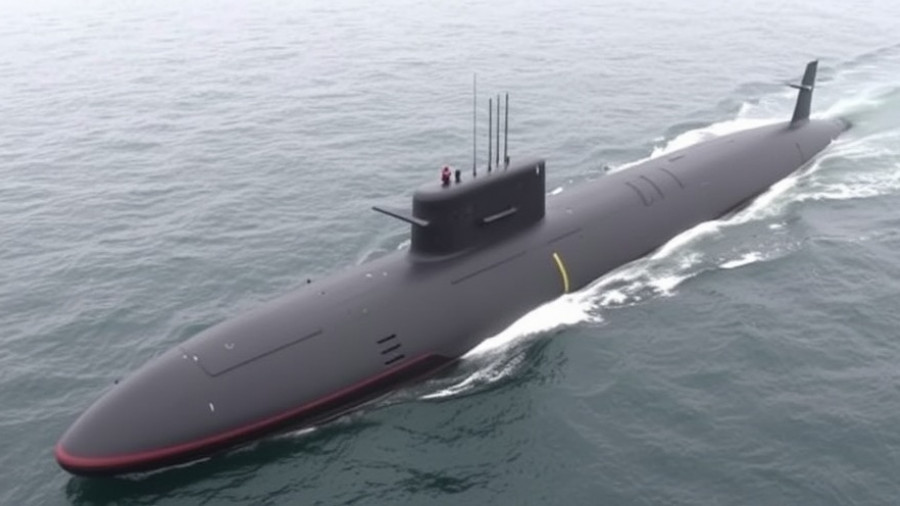
Milaha and Fincantieri Form Strategic Partnership
In a significant development for Qatar's maritime landscape, Milaha (Qatar Navigation Q.P.S.C.) has announced a strategic memorandum of understanding (MoU) with the prominent Italian shipbuilding company, Fincantieri. This partnership aims to bolster the maritime sector within Qatar by focusing on marine services, project management, and technology integration.
Strengthening Qatar's Maritime Sector
Fahad Saad Al-Qahtani, the CEO of Milaha, highlighted that this agreement constitutes a pivotal progression for the company, aligning its strategic objectives with national priorities. By collaborating with a global leader like Fincantieri, Milaha aims to harness international expertise to cultivate sustainable capabilities in the region. This approach underscores Qatar's commitment to its National Vision 2030, promoting industrial autonomy and local capacity building.
Fincantieri’s Commitment to Qatar
Fincantieri's leadership sees this MoU as an essential step to entrenching its position as a pivotal industrial ally to Qatar. CEO Pierroberto Folgiero noted that the agreement not only reinforces Fincantieri's regional presence but also focuses on developing maritime services characterized by innovation and efficiency. With a record of building advanced naval vessels and a history of successful contracts with Qatar's military forces, Fincantieri is set to enhance the maritime capabilities within the country.
Historical Context and Future Trends
The collaboration between Milaha and Fincantieri is rooted in a long-standing relationship, dating back to previous agreements including a notable MoU signed in 2024 with the Qatar Emiri Naval Forces for naval education and training. The recent partnership reflects a broader trend in the maritime industry towards fostering local capabilities while integrating advanced technological innovations. As global demand for high-tech maritime vessels grows, this partnership positions Qatar as a competitive player in the regional shipbuilding arena.
What This Means for Local Economies
This agreement not only paves the way for improving Qatar's maritime infrastructure but also opens new avenues for job creation and economic development. By promoting local talent and industries, the MoU serves as a catalyst for economic diversification—a fundamental element of Qatar's long-term strategy. Fincantieri's expertise will undoubtedly aid in enhancing skills among local populations, fostering growth, and ensuring that Qatar's maritime future is robust and self-reliant.
Potential Challenges and Considerations
While the partnership presents numerous opportunities, potential challenges include navigating the complexities of international collaborations, adapting to rapidly evolving technologies, and aligning with both local and global regulatory frameworks. Effective communication and continuous engagement with stakeholders will be crucial to overcoming these hurdles and achieving the strategic goals set forth in the MoU.
Conclusion: A Step Towards Independence
This partnership exemplifies Milaha’s commitment to enhancing its regional status while contributing proactively to nationwide development goals. As Qatar navigates the waters of maritime expansion, strategic collaborations like the one between Milaha and Fincantieri are essential in ensuring that the nation’s maritime ambitions are not just dreams, but tangible achievements. As we look forward, this partnership symbolizes the promise of an integrated, technologically advanced maritime ecosystem in Qatar.
 Add Row
Add Row  Add
Add 




Write A Comment